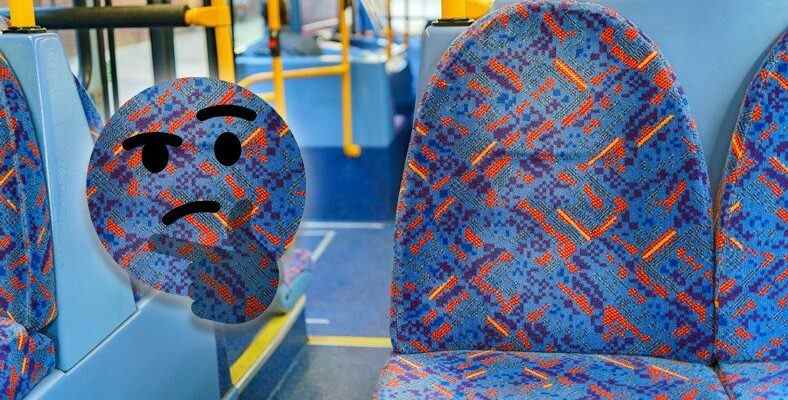In almost all of the city buses, the design of the seat upholstery in some of the trains and intercity buses is like something straight out of the 80s. Why are these patterns, reminiscent of retro designs, similar in style all over the world?
We think that everyone agrees that the design of these sofa upholstery, which is covered with dazzling colors and patterns that seem to be randomly selected, is devoid of taste, which people are not. computer algorithms is designing.
Actually, when you think about why your guess high probability of getting it right. There are only a few more details, let’s talk about them:
Remarkably, these tangled patterns actually have the purpose of creating an illusion.
Often times, instead of lighter shades such as white and cream, blue, tan and burgundy tones are preferred. The design is monotonous, the contrast and brightness of the colors are kept too much. The pattern chosen for a square unit is repeated throughout that fabric.
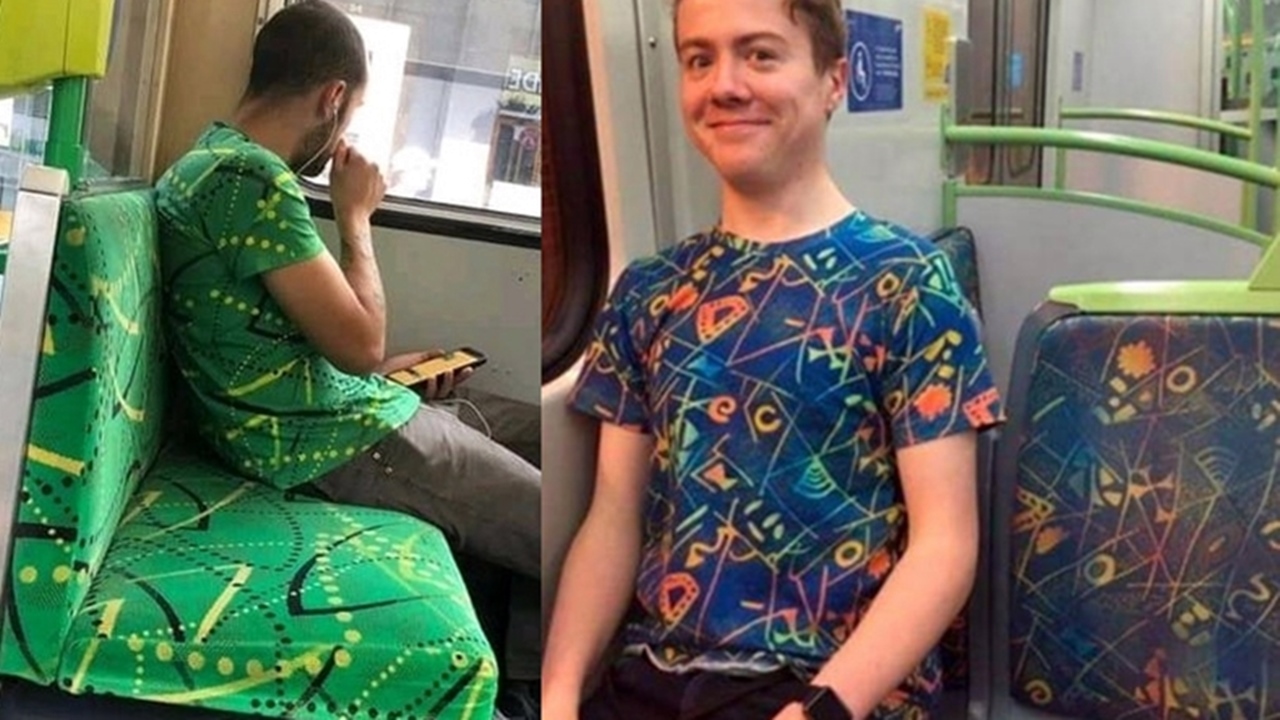
As we give our attention to these colors and strange patterns, we are asked not to focus on stains, dirt, tears, scribbles on the fabric.
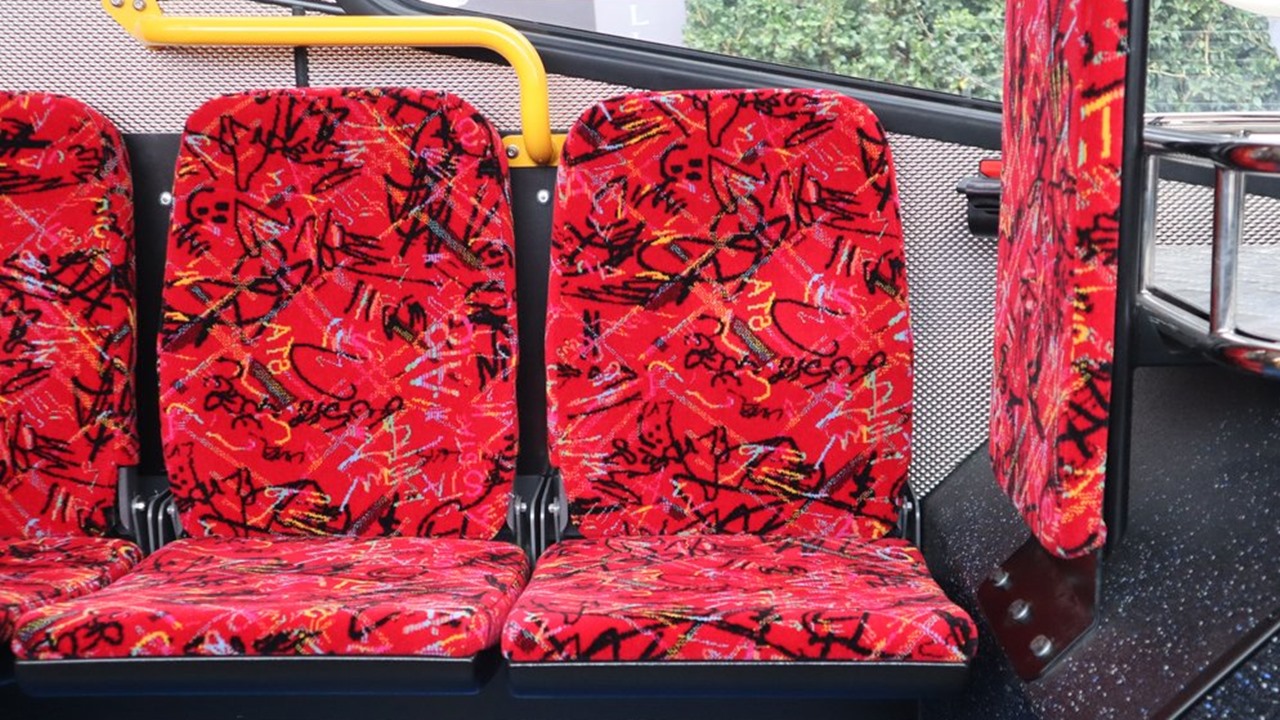
How much is the pattern complex and remarkable If it consists of colors, the more difficult it is to see stains and dust.
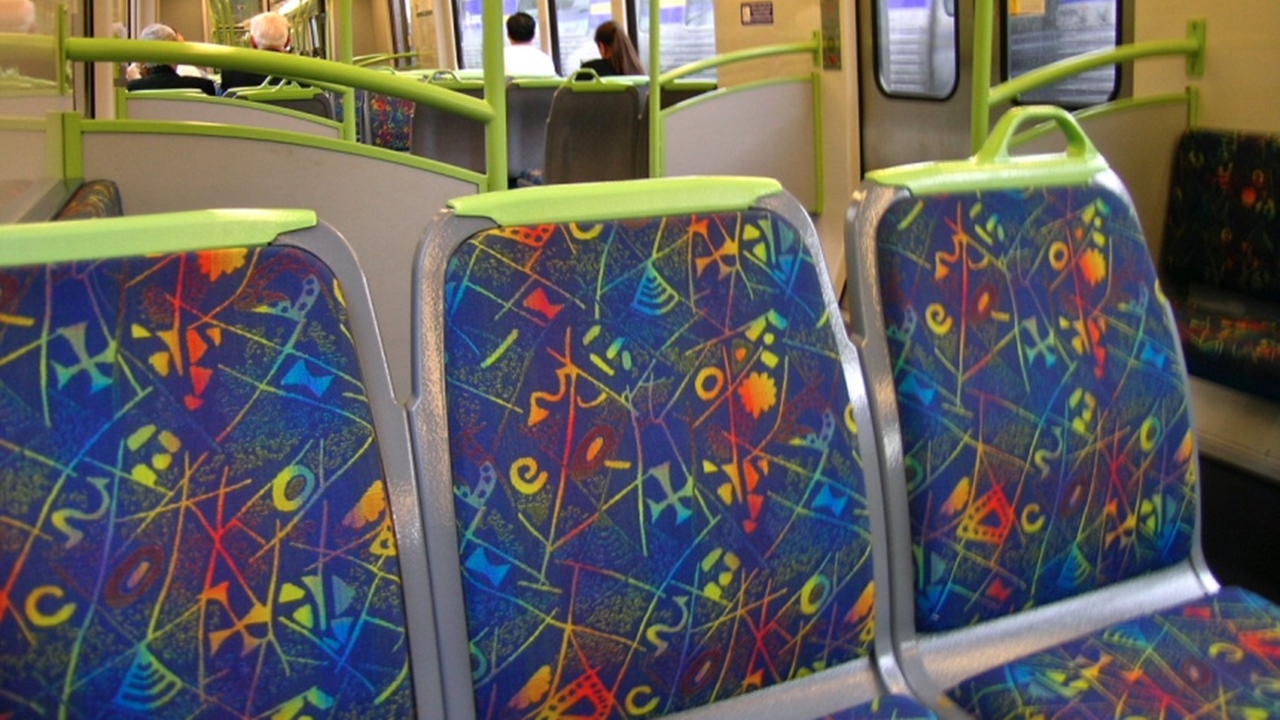
After all, a bus seat is back in the day used by hundreds of people, It’s hard to even guess how many people used it when we hit the year. This illusion is used to hide the wear and tear caused by this problem.
As you’ll see in this GIF, these seats contain more dust and dirt than you might think.
If there were designs where wear and dirt could be seen easily, this would be extra for municipalities and companies. cleaning and replacement cost would bring. In other words, aesthetic concern is not more important than the longevity of the seat.
a similar approach in military camouflages There is also. Appropriate patterns are produced through complex algorithms to blend in with the environment and show less blemishes.
This very special type of fabric, called moquette, was first used on public transport in London.
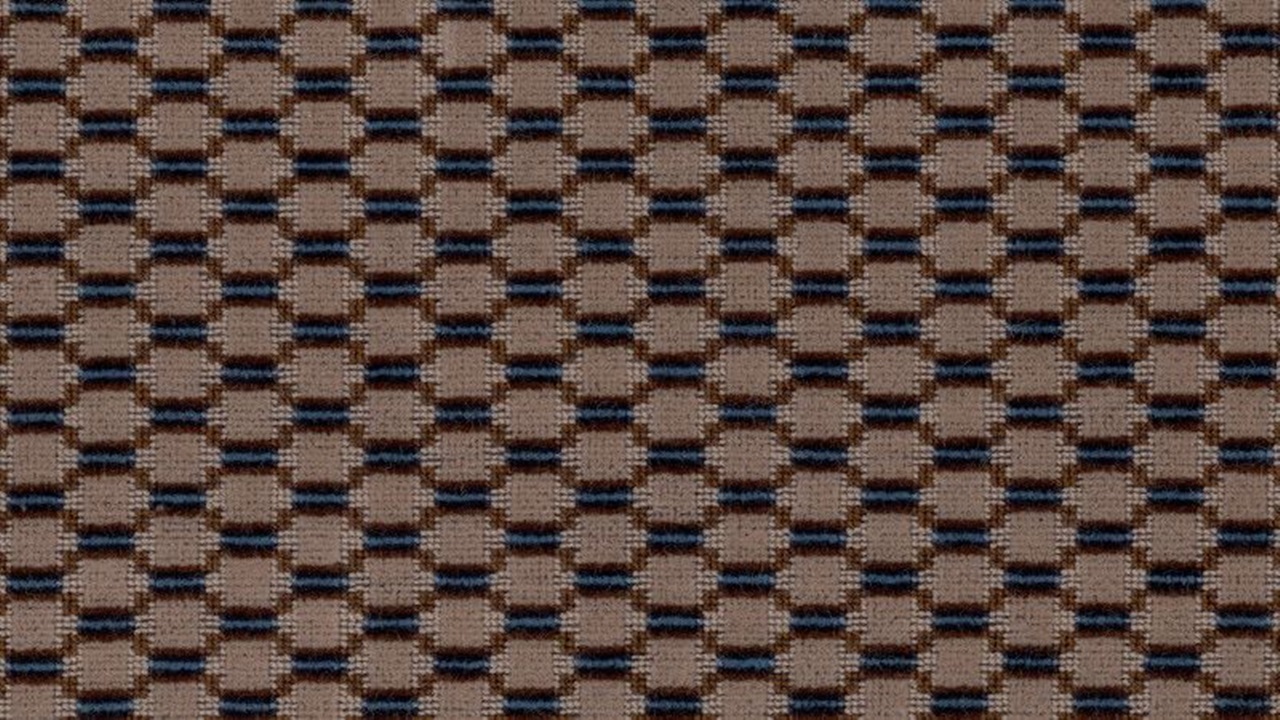
- Image: Model used on trains in the 1920s and seats on buses, trams and trolleybuses in the 1930s (London).
Derived from the French word for “carpet”, first appearing in France, moket is a type of dense pile of loops. woven “pile” fabric. Haw means “feather on the fabric face”. In Armenian and Kurdish (Kurmanji) xav is a quote from the word “feather on the fabric face”. in our language towel The word derives from this word.
Besides giving a velvet-like feel, its hard structure is quite durable and ideal for public transport.
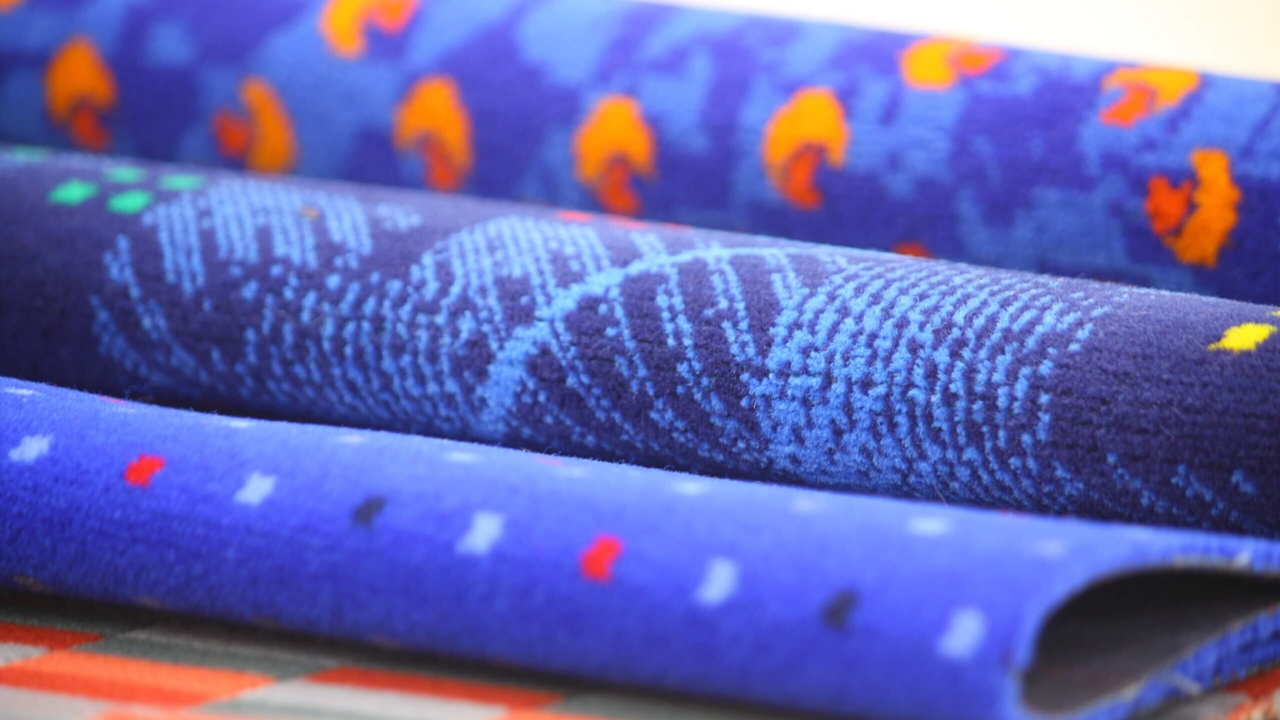
It is a type of breathable fabric and is suitable for any climate. It has the feature of keeping the dirt deep in the fiber. Most importantly, in the fire spread of flames can minimize. It is also very resistant to water and has a quick drying feature.
I hope this content comes to your mind the next time you encounter this sofa pattern…
Sources: Science ABC, London Transport Museum, Semantic Scholar, Wikipedia, Etymology Turkish
RELATED NEWS
